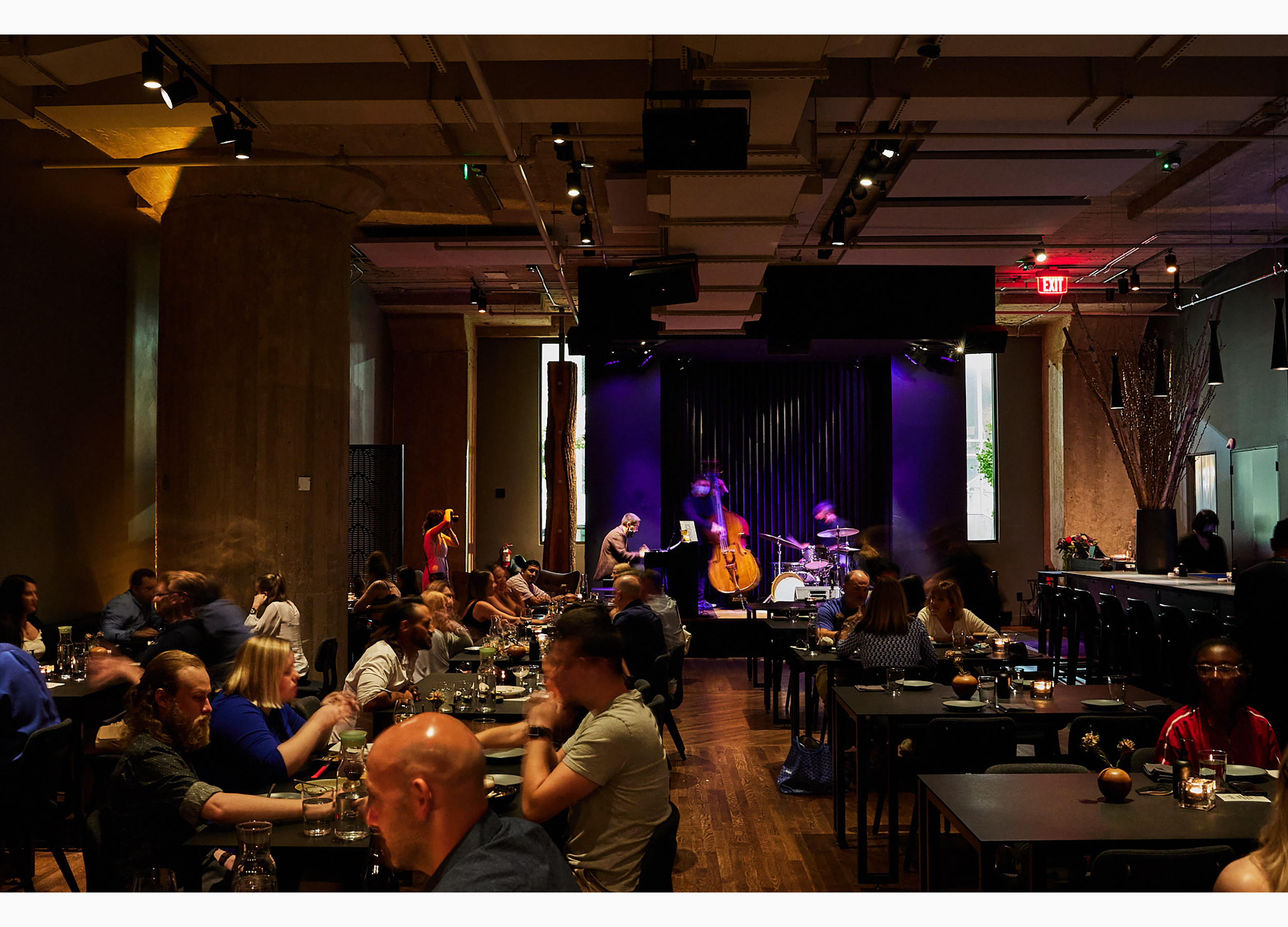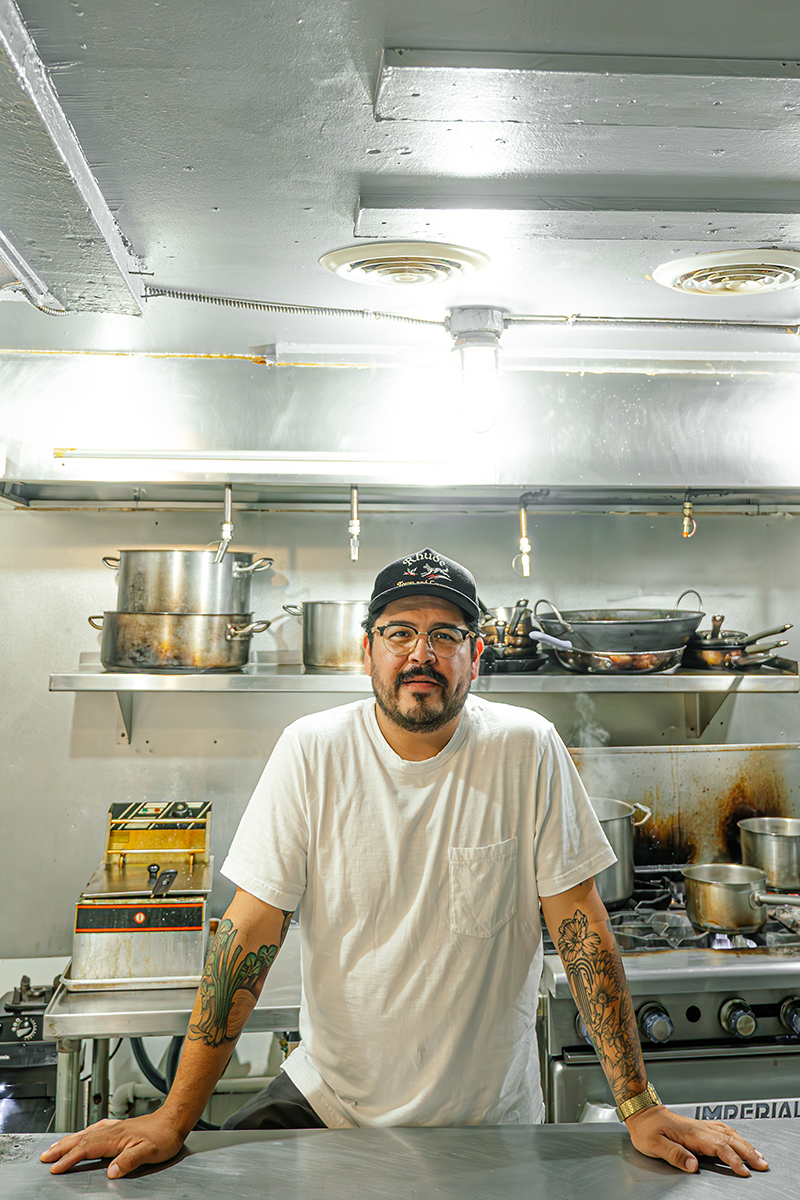Within a minute of walking into Kelly Parker’s woodworking shop in the basement of her Parkville home, she has me sit down on a white-painted barstool with splayed legs, a mockup of a project she’d been working on.
She proceeds to ask the important questions: “Are your feet comfortable if you put them on the side footrest? Or are they too low for you to be comfortable? Is it more comfortable to have a foot on either side of the footrest?”
This prototype proofing process is just one phase of the pieces that Parker makes, a process that literally starts in the ground—the award-winning woodworker is known for harvesting trees from clients’ properties and making furniture out of its lumber.
“There’s always a story that’s inherently attached to trees I’m given,” Parker says. “If you know the backstory of the timber and where it came from, then I feel like it kind of creates this bond with the piece that it’s made into.”
Parker had an eighteen-year run as a chemist before beginning her woodworking journey over a decade ago. She had taken woodworking classes and participated in a few scholastic competitions at her high school, Sumner Academy of Arts and Science in KCK. Although she hadn’t woodworked in years, she says that she was always doing house tasks. (She and her husband built their Parkville home from the ground up, a three-year project.) She lets it be known that full-time woodworking was an uncharted territory she was navigating blindly. “I am usually a gal with a plan, man,” she says. “I’ve got parachutes and bungees. And I just ran for the edge of the cliff and I dove.”
Parker says she spent her first year reading back issues of Fine Woodworking magazine, taking classes to fine-tune her skills, turning her basement into a workshop and researching tools to outfit her shop. Parker then flipped the switch on the left side of her brain and honed in on creative approaches in wood design.
Her trademark in her work through her company, Woodsong Studio, is steam bending, a technique where wood is exposed to heat and moisture to make it pliable to bending. This practice generates her signature sculptural contemporary look: “I just don’t do right angles,” she says. “Everything is curved.”
To-be-used lumber is kept in drying sheds in Parker’s backyard. She tells customers that it takes about a year to go from log to lumber. Once the moisture content of the wood is at about fourteen percent, she brings it into her shop to dry to ten percent.
Parker has multiple projects going at a time, but there’s one that she’s particularly stoked about: a tree gifted to her from famed KC painter and muralist Thomas Hart Benton’s estate, which is currently drying its way into lumber. She doesn’t know what she wants to do with the Benton wood yet, but she knows that whatever it is will have meaning.
“That tree cannot be turned into cutting boards or tchotchkes or firewood,” she says. “I have to honor that tree and where it came from.”




